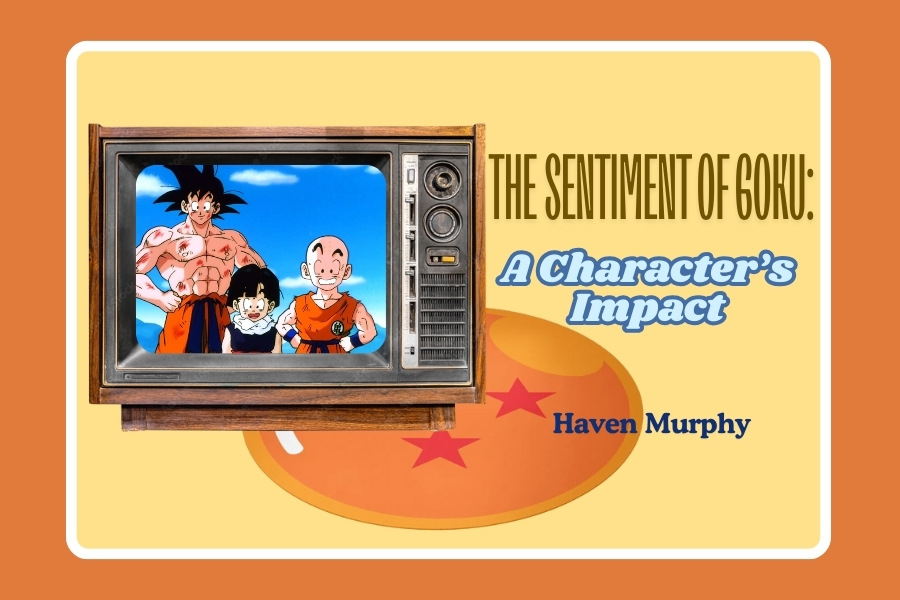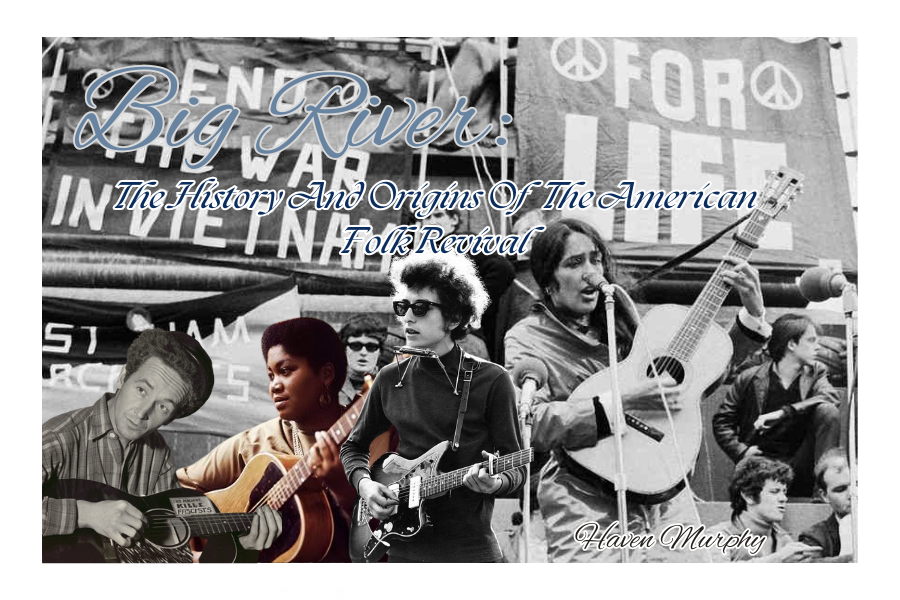November 1984 marked the beginning of mangaka Akira Toriyama’s hit series, Dragon Ball. Its animated premier was released in February of 1986. The show follows the early life of Son Goku, a Saiyan alien sent to Earth by his parents to escape destruction, and his journey as a martial artist. The show was a massive hit in the U.S, and stayed on their air until 1992. Toriyama’s continuation of the Dragon Ball series, Dragon Ball Z, premiered in the US in September of 1996. The series is a continuation of Goku’s adventures in adulthood, and the show’s tone reflects the maturation of its iconic protagonist.
Dragon Ball and DBZ are influential to other artworks. The anime in its entirety largely inspired several well known anime, like Gintama, Naruto and One Piece, in many ways- most notably with its execution of the “doomed-future” trope. The doomed-future trope is when a character returns to a present, possibly alternate timeline, from the future to warn of destruction. In Dragon Ball, the world of Future Trunks–son of Future Vegeta and Bulma–was destroyed and nearly everyone died. In an effort to warn and prepare for said destruction, Trunks time-travels to a past, alternate timeline where everyone is alive. Toriyama was one of the first to successfully execute the trope of a character returning from a grim future in an attempt to save others. This successful execution impacted many character storylines both in the past and present.
Goku’s heroic nature extended beyond the action portrayed in the show; his values of honesty, integrity, loyalty, patience and selflessness (JapanPowered) came to influence and teach audiences. Goku never underestimate any of his opponents, always acknowledging their wrongdoings while pushing them to their full potential. This aspect of Goku’s character is portrayed through battles as well, an example being a super attack used by a fusion of Goku and Vegeta—named Gogeta—called the Stardust Breaker. Depending on the amount of evil in an opponent’s soul, critical damage is done. If your soul isn’t truly evil, you will survive. Goku’s perseverance teaches audiences integrity and to never give up. He never backs down, even in the face of failure and every new challenge is a new opportunity. In life, everyone deserves to be their best (CBR).
During the rise of accessible television, many can be impacted by harmful depictions of life—especially children. Contextually, the depictions of relationships in entertainment in the ‘90s and early 2000’s were far from ideal and could warp someone’s idea of normalcy. Toriyama wrote Goku and Chi-Chi’s (his wife) relationship to be genuine. Their love for each other is evident to audiences. Goku does not put Chi-Chi down nor does he underestimate her. He embraces her challenges and loves her strength. This healthy depiction of romance sets a standard to viewers of all ages: Never settle for less.
Goku’s immense strength is not defined by just his training, but his values and morals as well. This teaches that you can not only win with strength, but with strength and a genuine inner-self. Goku teaches to always be true to yourself, love and protect who and what is around you, and challenge yourself!










Jamar • Nov 9, 2024 at 12:34 am
I’m 40 I didn’t know I was 1year older than dragon ball wow